- Home
- slideshows
- miscellaneous
- What HBO's 'Chernobyl' gets right (and wrong) about the world's worst nuclear power plant accident
What HBO's 'Chernobyl' gets right (and wrong) about the world's worst nuclear power plant accident
MYTH: The Chernobyl fire gave off nearly twice the radiation of Hiroshima every hour.

FACT: The Soviets tried to use robots to clean the contamination site, but eventually resorted to human labor.
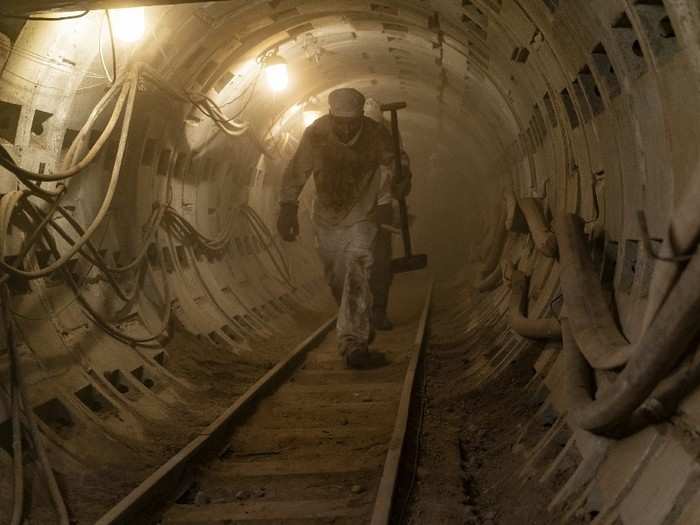
In a horrifying scene in episode 4, men throw blocks of radioactive graphite off the roof of the power plant — what the series calls "the most dangerous place on Earth." In real life, the men were asked to clear 100 tons of radioactive debris from the area.
At a conference in 1990, the official who oversaw the cleanup efforts, Yuri Semiolenko, said the Soviets had initially tried to clear the site with remote-controlled robots. When the machines started breaking down in the toxic atmosphere, officials resorted to human labor.
Though advanced US robots could have aided the decontamination, tensions between the two countries dissuaded Ukraine from asking for help.
MYTH: A Soviet nuclear physicist named Ulana Khomyuk helped orchestrate the cleanup.
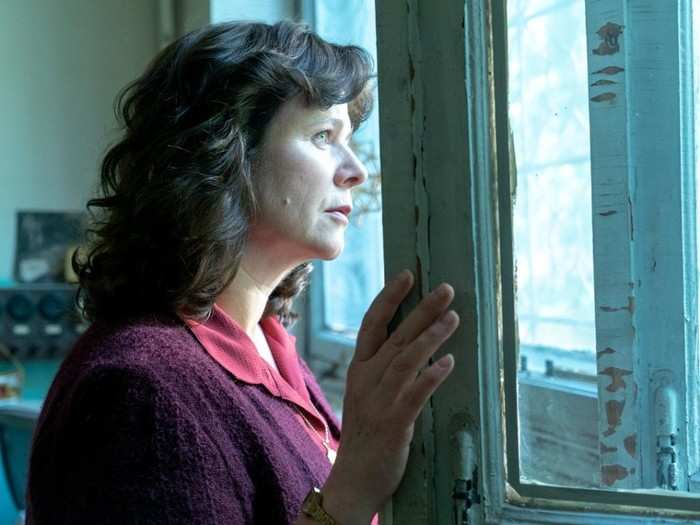
One of the series' main characters, Soviet nuclear physicist Ulana Khomyuk, is an amalgamation of many nuclear scientists involved in the Chernobyl cleanup.
For Mazin, placing a female character at the heart of the investigation made historical sense.
"One area where the Soviets were actually more progressive than we were was in the area of science and medicine," Mazin told Variety. "The Soviet Union had quite a large percentage of female doctors."
Chernobyl's chief scientific investigator, Valery Legasov, on the other hand, was a real person. As the opening episode reveals, Legasov recorded his personal account of the disaster before hanging himself in 1988.
FACT: Squads were ordered to shoot animals, which carried elevated levels of radiation.
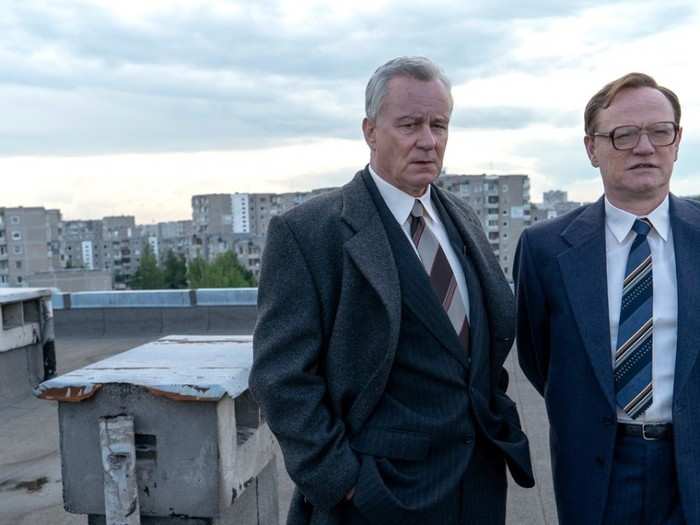
One of the most harrowing scenes arrives in episode four, "The Happiness of All Mankind," when a three-person USSR squad is tasked with shooting stray animals near the reactor site.
Approximately 36 hours after the explosion, Pripyat residents were given just 50 minutes to gather their belongings and board the throngs of buses that had come to take them away. No one was allowed to bring their pets.
Residents initially believed that they would return after three days, but the move turned out to be permanent. As orphaned dogs wandered the abandoned city, USSR squads were ordered to kill them to avoid the spread of contamination.
About 300 stray dogs still remain in the Chernobyl exclusion zone, but few live past the age of six due to radiation poisoning.
MYTH: A steam explosion following the disaster could have left much of Europe uninhabitable.
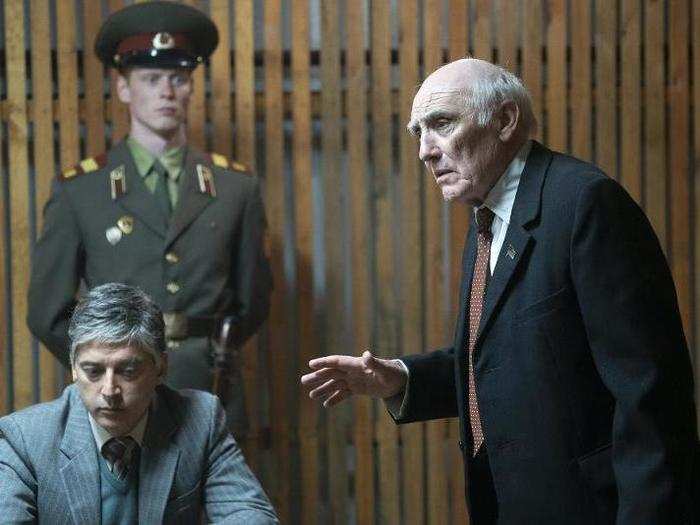
In the wake of the initial blast, nuclear physicists feared a second explosion caused by melting corium coming into contact with groundwater.
In episode two, Khomyuk informs the USSR that a follow-up explosion would carry a force of between 2 and 4 megatons, which would wipe out "the entire population of Kiev and a portion of Minsk." The release of radiation, she adds, would "impact all of Soviet Ukraine, Latvia, Lithuania, Belarusia, Poland, Czechoslovakia, Hungry, Romania, and most of East Germany."
Haverkamp said there are too many hypotheticals considered in this scenario.
"They're not saving the world," he said. "That situation might play out if all of the melting corium hit groundwater," but when corium starts melting, it melts "in a very uneven way."
The claim that a second explosion would carry a force of up to 4 megatons, he said, is "an exaggeration."
FACT: A young firefighter with a pregnant wife died in a hospital shortly after the explosion.
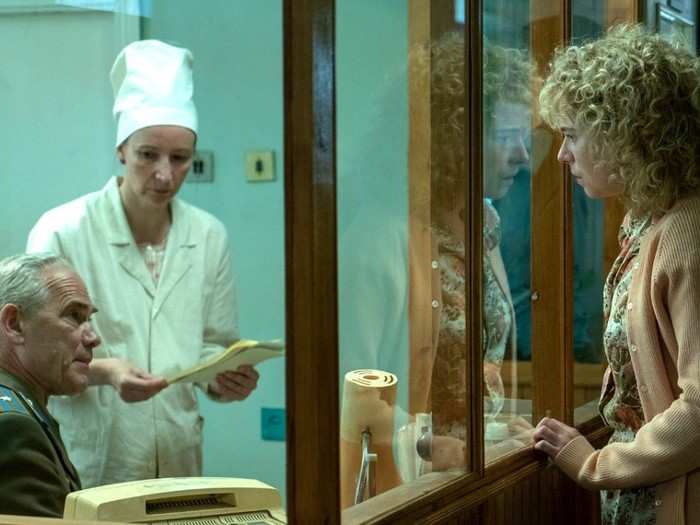
Firefighter Vasily Ignatenko and his wife, Lyudmilla, were scheduled to leave for Belarus the morning of the explosion, but their plans were curtailed when Vasily rushed to the power plant at around 1:30 a.m. He promised to wake his wife when he got home, but his severe radiation poisoning forced him to be taken to the hospital.
When Lyudmilla visited her husband, she was ordered not to touch him. "If you start crying, I'll kick you out right away," she recalled being told in the book "Voices from Chernobyl."
Lyudmilla was pregnant at the time, but lied to the radiologist in order to see her husband. Vasily died 14 days after the accident and was buried, as the series shows, in a zinc coffin. The documentary even shows Lyudmilla carrying her deceased husband's shoes, which couldn't fit around his swollen feet.
Lyudmilla eventually gave birth to her baby, who died after four hours.
MYTH: A helicopter crashed shortly after the explosion.
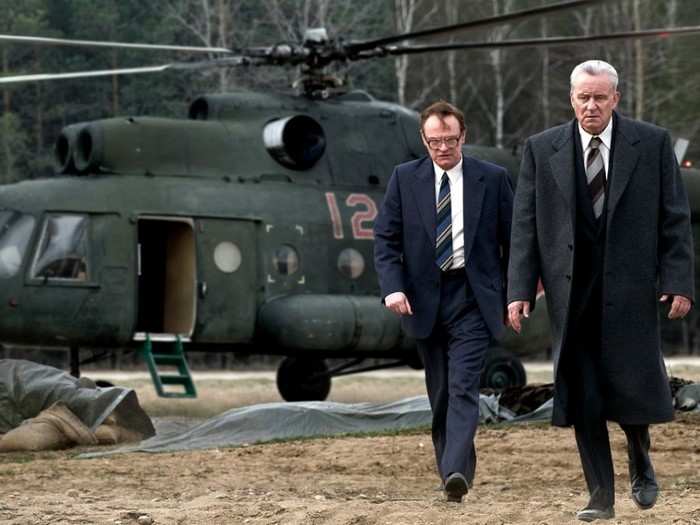
The helicopter crash in episode 2 isn't all wrong, but there are a few inaccuracies. The crash took place after the initial two weeks of recovery — not, as the episode suggests, in the immediate wake of the explosion. In a statement to Men's Health, Mazin said it was one the few events that had to be moved around chronologically.
"I wanted people to know that this was one of the hazards that these pilots were dealing with — an open reactor. Radiation was flying over it," he told the site.
In the series, the helicopter appears to be toppled by the radioactive core. "They're too close," Legasov says, right before the helicopter starts to fall, seemingly out of thin air.
But Haverkamp said radiation wasn't the cause of the fatal helicopter crash. Real-life footage shows the helicopter colliding with a crane and cascading to the ground.
Haverkamp said the air movements surrounding the reactor were unpredictable, but what caused the crash "was indeed hitting the crane."
Popular Right Now
Popular Keywords
Advertisement